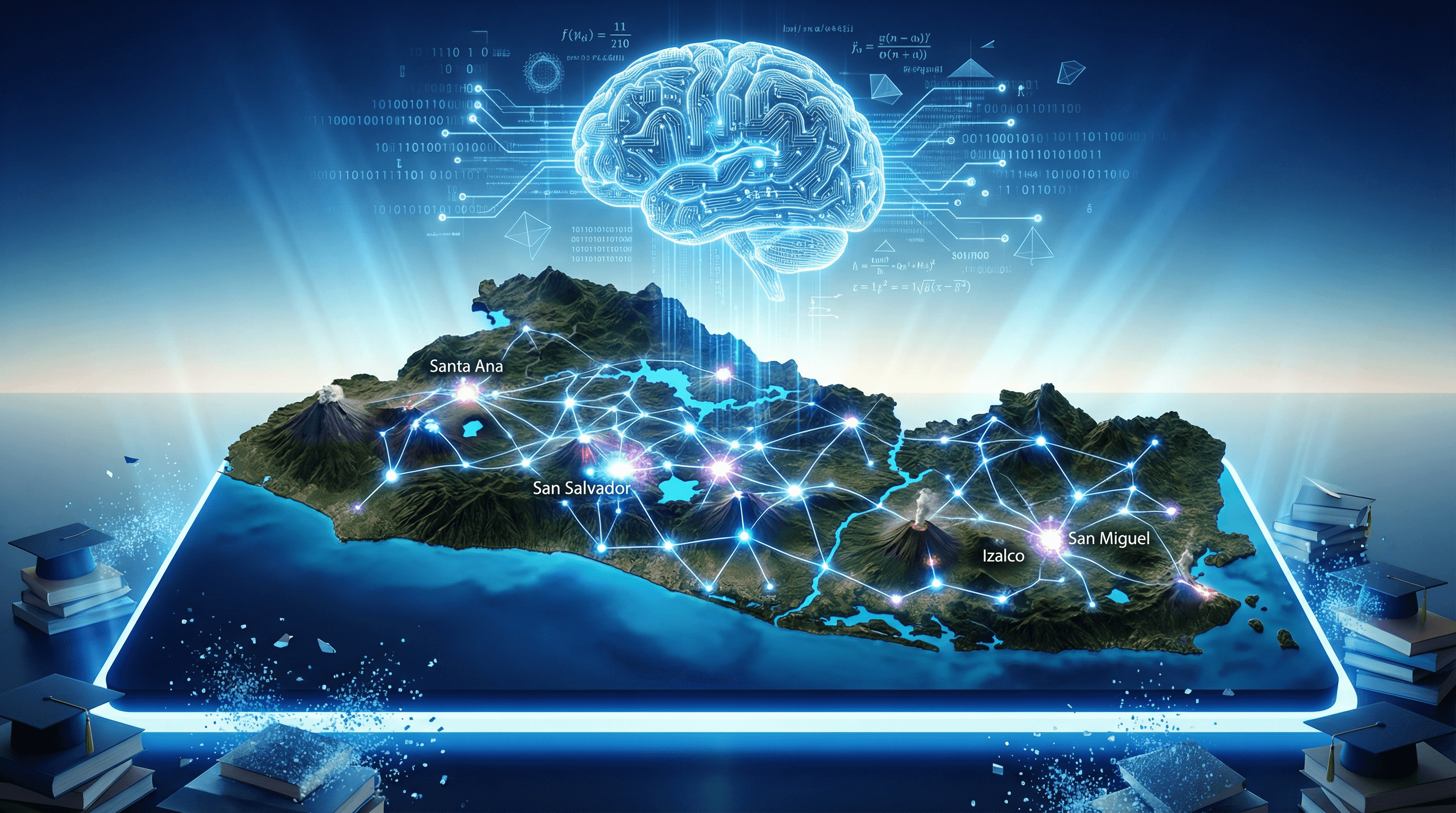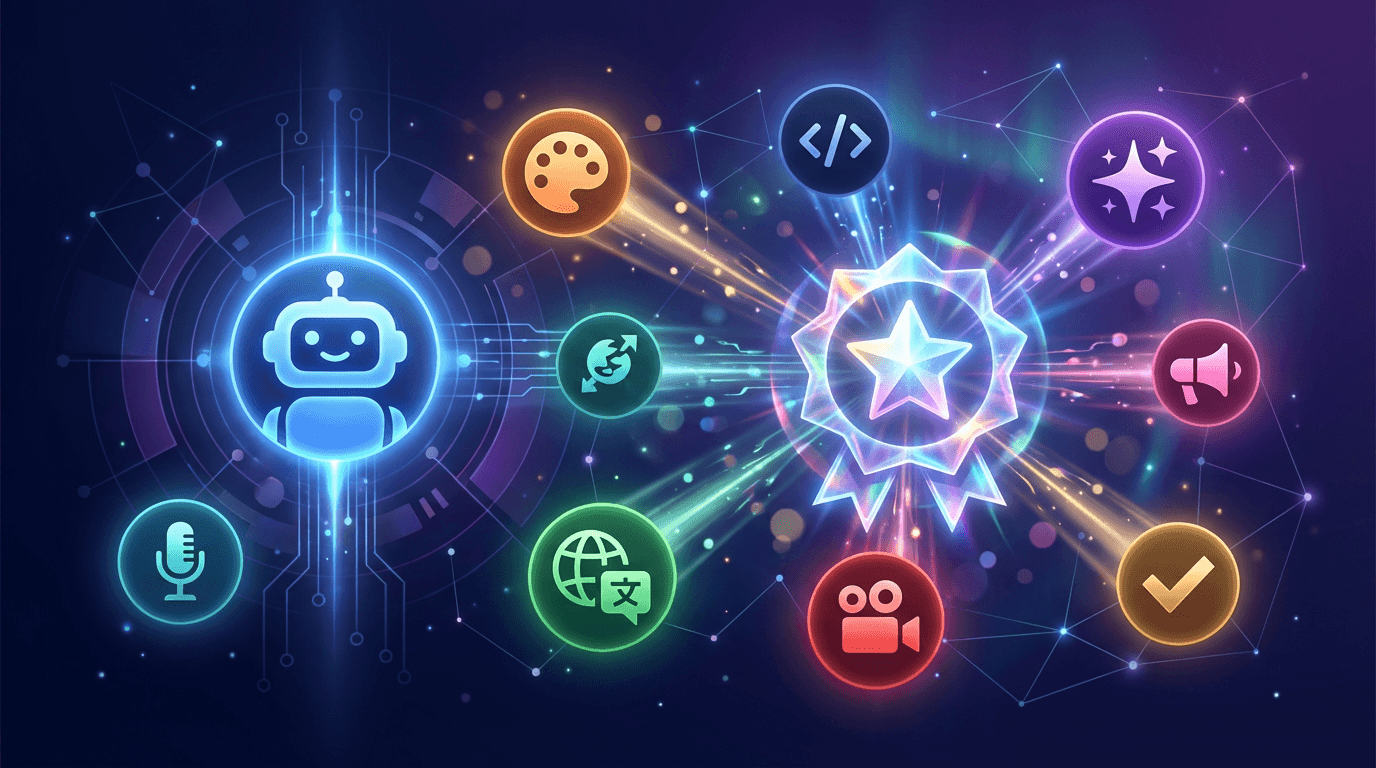The 30% Illusion: Why a Simple Rule Won't Save Us from AI
There's a comforting idea circulating in the anxious conversations about AI's relentless march into our lives: the 30% Rule. It's a concept that feels like a lifeline, a neat and tidy ratio for a messy, uncertain future. The proposition, popularized in the Economic Times and echoed in reports from McKinsey, BCG, and Brookings, is elegantly simple: let AI handle roughly 70% of our work, the repetitive, the mundane, and the mechanical, while we humans retain the remaining 30%, the parts that demand judgment, creativity, ethics, and empathy [1, 2, 3, 4].
The rule suggests that AI should automate the routine tasks that consume the majority of our time, freeing us to focus on what makes us distinctly human. It's presented not as a mathematical certainty but as a practical framework for designing the future of work, education, and institutions. McKinsey estimates that up to 30% of work hours could be automated by 2030 [2]. Brookings warns that about 30% of workers could see half their daily tasks disrupted by AI [3]. The World Economic Forum predicts AI will disrupt 44% of workers' core skills within five years [5]. Across reports, the same threshold appears, not as a limit, but as a pivot point where human relevance supposedly begins.
It's a seductive idea. It offers a sense of control, a clear line in the sand. It says we can have the best of both worlds: machines' efficiency and human creativity. But as I've spent more time researching and watched this idea spread, a familiar feeling has returned, the same hollow feeling I described in my series on the AI Learning Revolution. It's the feeling that we are being sold a simple solution to a profoundly complex problem, a cognitive anesthetic that numbs us to the real challenges ahead.
I'm here to tell you that the 30% Rule is an illusion. It's a dangerous oversimplification that, if we're not careful, will lead us down a path of cognitive atrophy and institutional complacency.
The Flawed Premise: A Line in Shifting Sands
The fundamental problem with the 30% Rule is that it treats the boundary between human and machine work as a static line. It assumes we can neatly partition our tasks into two distinct buckets: the "human" and the "automatable." But this is a profound misunderstanding of how both technology and human cognition work.
What constitutes the "human 30%" today will not be the same tomorrow. The history of technology is a history of the relentless encroachment of automation into domains once thought to be exclusively human. Just a few years ago, writing, coding, and even some forms of artistic creation were firmly in the human camp. Today, generative AI can perform these tasks with startling proficiency. McKinsey's own research acknowledges that AI "does not just automate tasks but goes further by automating cognitive functions" [6]. This is not merely task automation; it's the automation of thinking itself.
As I've argued before, the real danger of AI is not just that it can do our work for us, but that it changes how we think. The groundbreaking MIT study on ChatGPT use revealed that students using AI assistance showed significantly reduced brain activity and "consistently underperformed at neural, linguistic, and behavioral levels" [7, 8]. When we offload cognitive work to AI, we don't just save time; we lose the opportunity to build and maintain the very cognitive muscles that the 30% Rule purports to protect. The line between the 70% and the 30% is not a fixed boundary; it is a constantly shifting battlefront, and we are ceding ground with every task we surrender.

The Great Cognitive Heist, Continued
The 30% Rule, in its elegant simplicity, provides a perfect cover for what I've called the "Great Cognitive Heist." It allows us to feel good about offloading the "boring" 70% of our work without forcing us to confront the uncomfortable truth that the skills required for the remaining 30% are built and maintained through the practice of the 70%.
Think about it: how do we develop critical thinking? Not by being handed a pre-digested summary and asked to "verify" it, but by wading through the raw data, grappling with ambiguity, and synthesizing our own conclusions. How do we cultivate creativity? Not by tweaking the output of a generative model, but by engaging in the messy, often frustrating process of starting with a blank page.
Recent research confirms this concern. A comprehensive study published in 2025 found that increased AI use is directly linked to the erosion of critical thinking skills, with younger participants showing greater reliance on AI tools and significantly lower critical thinking scores [9]. Another study reported a 75% potential reduction in critical thinking skills when depending on AI dialogue systems [10]. The research on cognitive offloading reveals that "the automation of cognitive tasks by AI tools can significantly impact cognitive load and efficiency," fundamentally altering how our brains process and retain information [11].
The 30% Rule creates a dangerous illusion of productivity, where we are busy "supervising" AI without engaging in the deep cognitive work that leads to genuine learning and insight. It encourages a form of intellectual outsourcing that will, over time, leave us with a workforce that is incapable of performing even 30% of tasks we've deemed "human." As one Harvard Business Review article starkly warns, AI-generated "workslop" is already destroying productivity in organizations that have embraced these tools without adequate guardrails [12].

The Institutional Crisis in Disguise
Perhaps most troublingly, the 30% Rule provides a convenient excuse for institutional inaction. It allows leaders in education and business to claim they have a strategy for the AI revolution, when in reality, they are simply presiding over a slow-motion cognitive decline.
Instead of fundamentally rethinking our educational models and workforce training programs, the 30% Rule encourages a superficial approach: identify the "human skills" and offer a few workshops on creativity and critical thinking. But as the research has shown, these skills are not developed in isolation; they are the product of a rich, integrated learning process that AI, when used indiscriminately, can severely undermine.
Research on skill decay demonstrates that "artificial intelligence assistants might accelerate skill decay among experts and hinder skill acquisition among novices" [13]. This is not a theoretical concern, it's already happening. Yale's Budget Lab research indicates that "AI automation is currently eroding the demand for cognitive labor across the economy" [14]. The real work is much harder. It requires us to move beyond simple ratios and develop a new pedagogy, a neogogy, that is designed for the age of AI. It requires us to ask difficult questions about what we value, what we want to preserve, and what it truly means to be human in a world where machines can do almost anything.
The False Promise of Balance
Proponents of the 30% Rule present it as a balanced approach, a middle path between Luddite rejection and uncritical embrace of AI. But this framing itself is misleading. The rule doesn't create balance; it creates the illusion of balance while the cognitive foundations of human expertise erode beneath our feet.
The research on generative AI's impact on workplace productivity reveals a troubling pattern. While workers report saving time, one study found a 5.4% reduction in work hours [15], these gains come at a hidden cost. The MIT researchers describe this phenomenon as the "accumulation of cognitive debt," where short-term efficiency gains mask long-term degradation of learning and skill development [8]. We're trading our cognitive capital for immediate productivity, and the bill will come due when we discover we can no longer perform the tasks we've outsourced.

Beyond the Illusion: A Call for Cognitive Courage
So, what is the alternative? If the 30% Rule is an illusion, what is the reality we must confront?
First, we must abandon the idea of a static, predictable future of work. The boundary between human and machine capabilities will continue to shift, and we must be prepared to adapt and evolve along with it. We cannot draw a line at 30% and expect it to hold.
Second, we must recognize that cognitive fitness, like physical fitness, requires consistent effort. We cannot outsource our thinking and expect to maintain our critical thinking and creative abilities. We must be intentional about the cognitive work we choose to do, and we must create learning environments that challenge and support us in that work. As research on workplace learning demonstrates, organizations must move beyond simply deploying AI productivity tools and instead focus on how these tools can support genuine skill development rather than replace it [16].
Third, we must demand more from our leaders. We must reject the easy answers and the seductive simplicities of frameworks like the 30% Rule. We must call for a fundamental rethinking of our educational and professional institutions, one that is grounded in a deep understanding of cognitive science and a clear-eyed view of the challenges and opportunities of the AI age.
Finally, we must embrace what I call "cognitive courage", the willingness to engage in difficult mental work even when AI offers an easier path. This means choosing the harder cognitive route when it matters, protecting the practices that build and maintain our thinking capabilities, and teaching the next generation not just how to use AI, but when not to use it.
This is not a call for Luddism. It is a call for cognitive courage. It is a call to resist the allure of the easy answer and to embrace the difficult, messy, and ultimately more rewarding work of building a future where technology serves humanity, not the other way around.
The 30% Rule asks us to accept a predetermined ratio. I'm asking us to question the premise entirely. A simple percentage won't determine the future of human cognition in the age of AI. It will be determined by the choices we make, the practices we protect, and the courage we show in preserving what makes us human.
References
[1] The 30% rule in AI and top entry-level jobs for the future - Economic Times, October 2025
[2] Generative AI and the future of work in America - McKinsey Global Institute, July 2023
[3] Generative AI, the American worker, and the future of work - Brookings Institution, October 2024
[4] AI at Work 2025: Momentum Builds, but Gaps Remain - Boston Consulting Group, 2025
[5] The new skills triad for the future of work - World Economic Forum, April 2025
[6] AI in the workplace: A report for 2025 - McKinsey Digital, January 2025
[7] ChatGPT's Impact On Our Brains According to an MIT Study - TIME Magazine, June 2025
[8] Your Brain on ChatGPT: Accumulation of Cognitive Debt - MIT Media Lab, June 2025
[9] Increased AI use linked to eroding critical thinking skills - Phys.org, January 2025
[10] The effects of over-reliance on AI dialogue systems on students' cognitive abilities - Smart Learning Environments, 2024
[11] AI Tools in Society: Impacts on Cognitive Offloading - MDPI, 2025
[12] AI-Generated "Workslop" Is Destroying Productivity - Harvard Business Review, September 2025
[13] Does using artificial intelligence assistance accelerate skill decay? - Cognitive Research: Principles and Implications, 2024
[14] Evaluating the Impact of AI on the Labor Market: Current State of Affairs - Yale Budget Lab, October 2025
[15] The Impact of Generative AI on Work Productivity - Federal Reserve Bank of St. Louis, February 2025
[16] Can generative artificial intelligence productivity tools support workplace learning? - Journal of Workplace Learning, 2025





